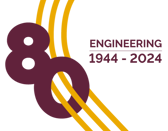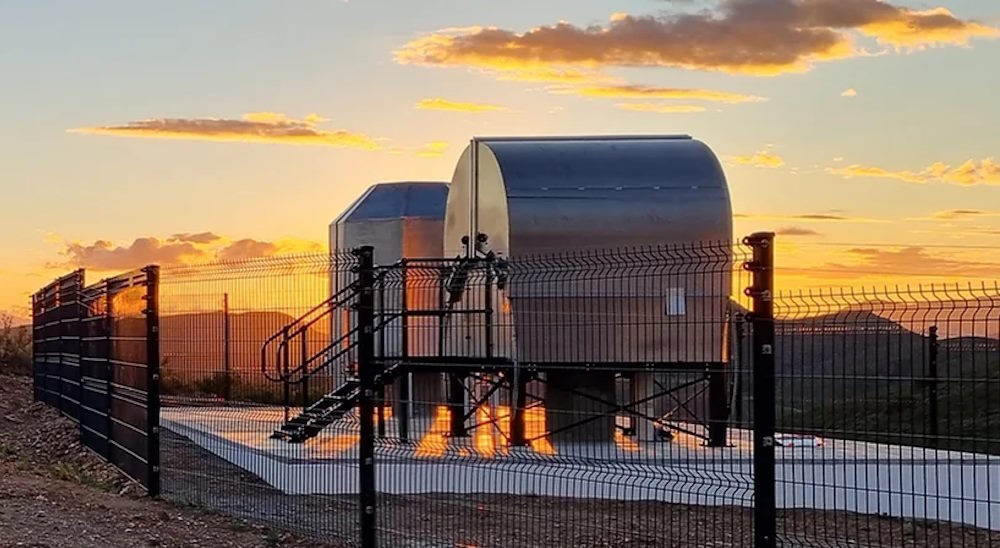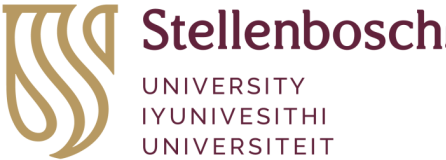Bonnievale, a rural town in the picturesque Breede Valley of the Western Cape is where high school learners have built and installed a camera system for near-earth space tracking and research.
ASTRONOC, (Astronomical Observation Centre)is the first facility of its kind in Southern Africa. It is a three-way partnership between Prof Nawaz Mahomed of Stellenbosch University, Purple Mountain Observatory, a member of the Chinese Academy of Science, and Kyldysh Institute of Applied Maths, a member of the International Scientific Optical Network.
The operation and research are managed by the founder, Professor Mahomed, a Mechanical Engineer. The learners are Grade 10’s and 11’s from Bonnievale High School. The project is a privately funded and owned initiative, registered with the South African Council for Space Affairs.
The observation facility is on the Elethu wine farm. This 100% black owned farm- was land donated by the local municipality to the Bonnievale Workers Empowerment Trust (BWET) and has been offering empowerment opportunities since 2007 to the people of the small town.
Prof Mahomed keenly got involved in 2019 to provide research and hands-on training to the young school learners of this outlying town, to give the region an opportunity to develop young engineers and scientists. The project teaches learners how to protect space objects from space debris by improving upon their structural design. They also learn how to assess material damage to improve future material selection.

The region provides a great optical vantage point for space objects and -debris. From the initial stages of observing and monitoring satellites and space debris, they have already expanded to the development of observatory technologies like dome design, local manufacturing, and control, as well as determining next-generation materials to reduce space debris.
Learners do space debris tracking and tracing by using a Large Field Array Telescope. A larger follow-up telescope tracks more precisely and can yield measurement, structure, temperature, and distance data. The early detection and tracking of space debris can be used to avoid damage caused by collision. They learn data analysis and modeling to determine the impact probability of satellite collisions and space debris.
The learners also study the dynamics or long-term behaviour of space debris for the sustainable development of the space environment. “Dynamics” research comprises the study of international “Dynamic Evolution of GEO Orbits” and “Rotational Motion of Space Debris”.
Fund raising for the furtherance of the learners’ development is challenging, as local business partners do not seem keen to invest in this specific area of social responsibility.
However, the future of ASTRONOC looks hopeful as they’ve been asked to host a new telescope for an asteroid research group by next year. For this they will be building a larger dome. They also plan to build a resource center for students who visit the site.
Watch this space!






